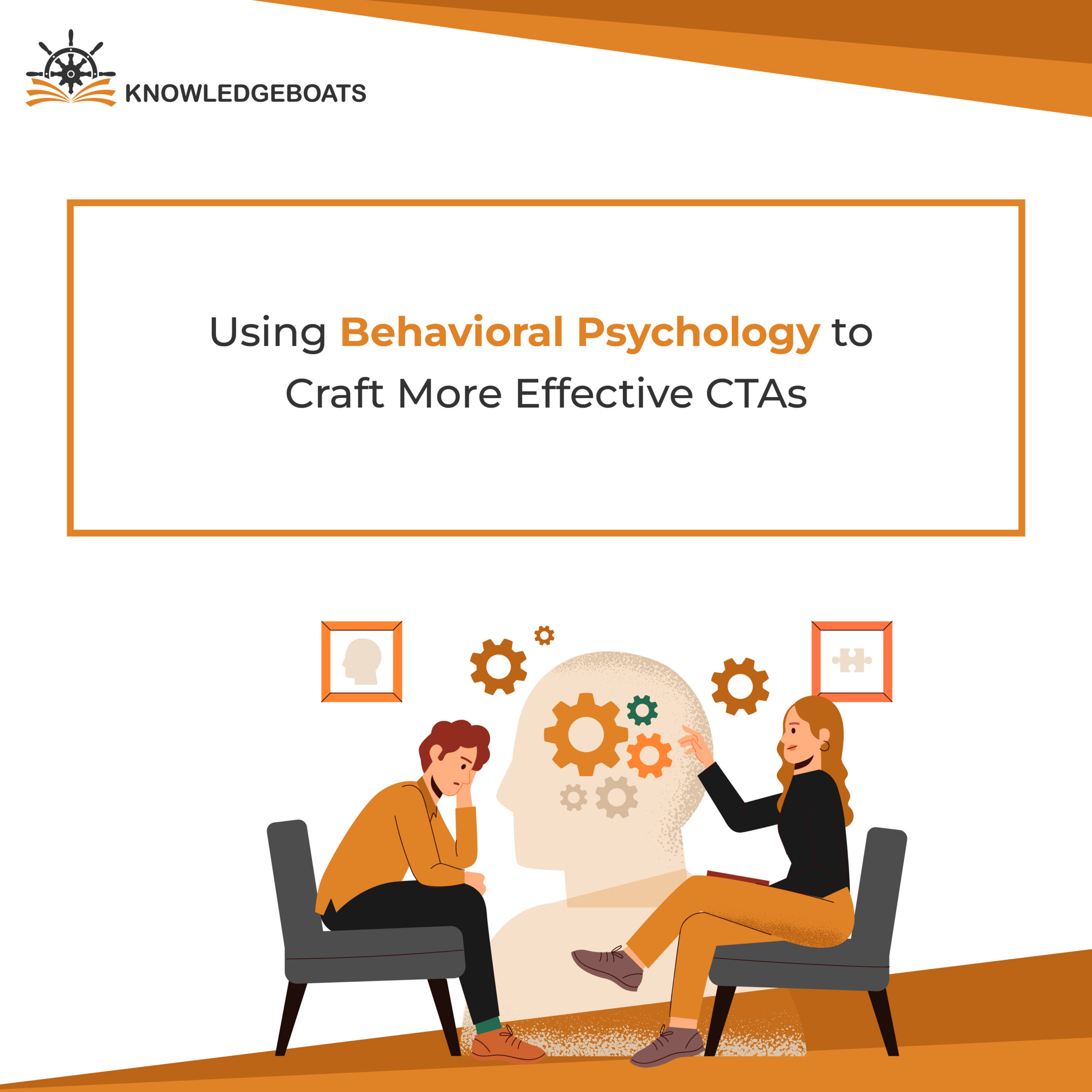
You pour your heart and soul into a piece of content, a landing page, or a product description. It’s brilliant. It’s compelling. You’ve run the first 26 miles of the marathon. But then you get to the finish line, the Call to Action, and you just slap a generic, tired “Submit” button on it and then nothing.
That lonely little button is often the single biggest reason our brilliant work falls flat. The secret to fixing it isn’t a brighter color or a bigger font (though that can help). The real magic lies in understanding what makes people tick. By tapping into some basic behavioral psychology, you can stop asking for a click and start earning it.
This isn’t about manipulation. It’s about empathy. It’s about crafting persuasive CTAs that feel like the most natural, helpful, and satisfying next step for your visitor. Let’s dive into the fascinating world of CTA conversion psychology.
So, What’s the ‘Psychology’ Part All About?
When we talk about psychology in marketing, we’re really talking about the weird, wonderful, and totally predictable ways our brains are wired. We like to think we’re rational, but most of the time, we run on autopilot, using mental shortcuts and gut feelings to make decisions.
Why psychology matters in CTA design is because it helps us work with these mental habits, not against them. Instead of hoping someone rationally decides to click, we can frame the action in a way that their brain instantly recognizes as a good move. It’s the difference between a CTA that gets ignored and one that feels impossible not to click.
The Mental Triggers That Get the Click
Let’s look at some of the most powerful CTA psychological triggers you can start using today. These are the common mental shortcuts that, when understood, can revolutionize your conversion rates.
Here’s a fun fact about our brains: we hate losing things more than we enjoy gaining them. The pain of losing $20 feels way worse than the joy of finding $20. This is called loss aversion, and it’s the engine behind FOMO.
You can use FOMO in a call to action by framing your offer not just as a cool thing to get, but as a valuable thing they’re about to lose.
See it in action:
- Instead of: “Buy Now”
- Try: “Don’t Miss Out on 50% Off!”
- Or: “Claim Your Spot Before They’re All Gone”
See the difference? The first is a command. The second is a warning against loss.
When we’re unsure about a decision, what do we do? We look around to see what everyone else is doing. If a restaurant is packed and the one next door is empty, we assume the busy one is better. That’s social proof.
You can build instant trust and reduce hesitation by showing that other people have already taken the plunge and are happy they did.
See it in action:
- Instead of: “Sign Up”
- Try: “Join 150,000+ Smart Marketers”
- Or place this text right above the button: “Loved by teams at Google & Slack” and then use “Start Your Free Trial.”
These social proof in call-to-action examples make the decision feel less risky and more like joining a popular, successful club.
Our brains are programmed to place a higher value on things that are limited. Whether it’s time running out or a limited quantity, creating a sense of urgency in CTAs pushes people out of “I’ll think about it later” mode and into “I need to act now” mode.
See it in action:
- Instead of: “Shop the Sale”
- Try: “Shop Now – Sale Ends in 02:15:45”
- Or: “Grab Yours (Only 3 Left in Stock!)”
This is one of the most effective behavioral economics CTA tips because it short-circuits over-analysis and encourages an immediate decision.
If a friend buys you a coffee, you feel a natural urge to get the next one. That’s reciprocity. In marketing, if you give someone something of genuine value for free, they feel a subtle, subconscious pull to give you something in return, like their email address or a click.
See it in action:
- Instead of: “Download”
- Try: “Get My Free Marketing Toolkit”
- Or: “Download Your Free Cheat Sheet”
Notice the use of “My” and “Your.” This personalizes the offer and makes it feel like a gift, strengthening that feeling of reciprocity.
It’s Not Just What You Say, It’s How You Show It
CTA design psychology is just as important as the words you use.
- Color That Pops: Forget the endless debate over “what’s the best color for a CTA.” The only rule that matters is contrast. Your CTA button should be the most obvious, eye-catching thing on the page. Think of it like a highlighter pen. Its only job is to stand out. So if your site is mostly blue and white, a bright orange button is going to do the trick.
- Give It Room to Breathe: Don’t crowd your CTA. Surround it with plenty of whitespace (empty space). This makes it a clear focal point, guiding the user’s eye right where you want it to go.
- Talk Like a Human: Step into your user’s shoes. What are they getting? Instead of a robotic “Submit,” frame the button’s text from their perspective. This is a powerful way of matching CTA wording to user psychology. Use “Get My Free Quote” instead of “Request a Quote.” Use “Start My Free Trial” instead of “Sign Up.” It’s a small change that creates a huge sense of ownership.
Time to Put It to Work
Your CTA is the final handshake, the moment of truth. By moving beyond generic commands and embracing the principles of persuasion psychology marketing, you can make that moment feel less like a sales pitch and more like a helpful nudge in the right direction.
So here’s my challenge to you: Go look at one of your most important CTAs right now. Is it just a button, or is it a conversation? Try tweaking it with one of these psychological triggers: add a dash of urgency, sprinkle in some social proof, or rephrase it from your user’s point of view. You might be shocked at what a little bit of psychology can do.


